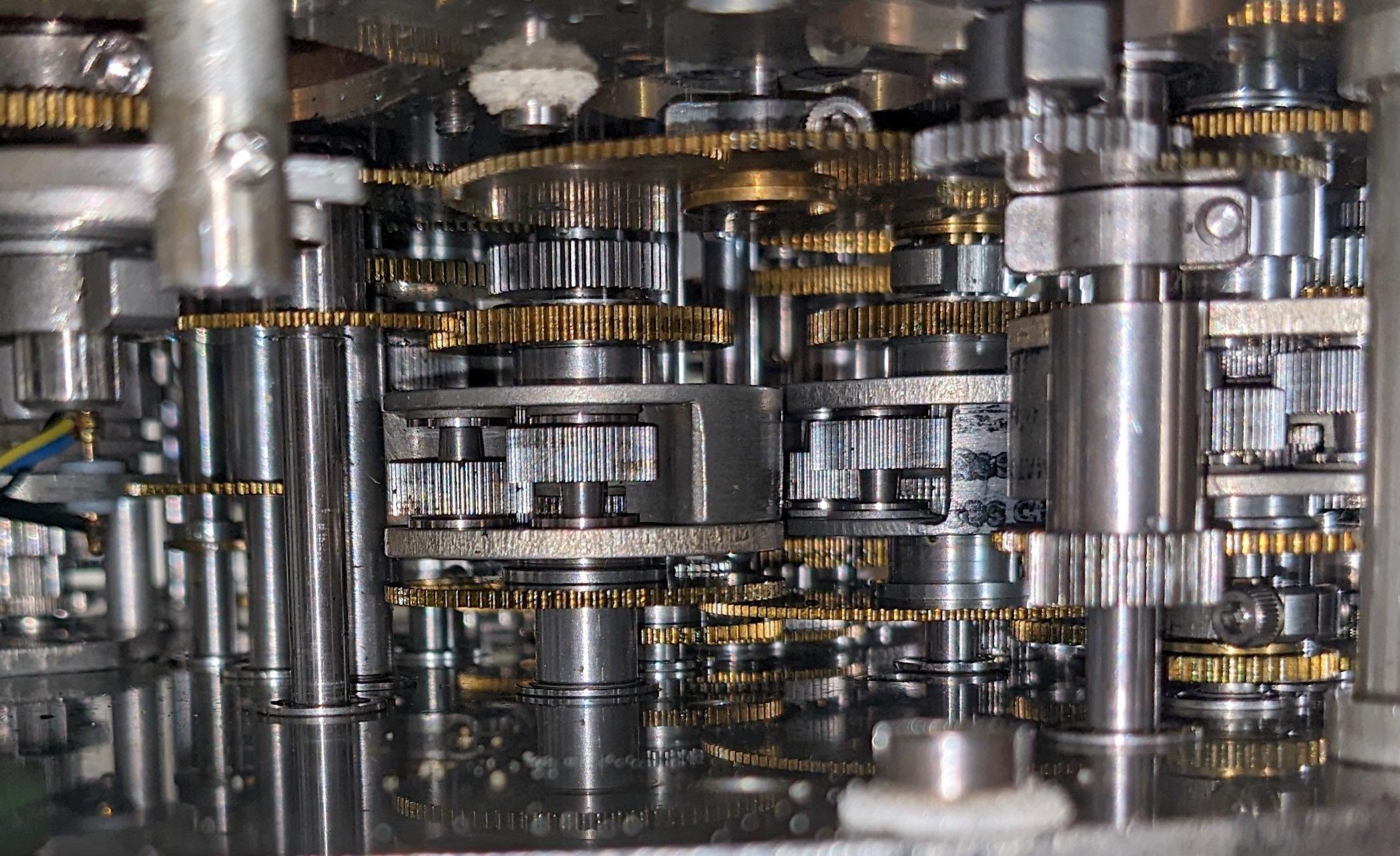

I do a good 50% of my phonecalls on wired earbuds or wired headset. It’s much more convenient than holding the phone, especially for long calls.
I once met a person that never drank water, only soft drinks. It’s not the unhealthiness of this that disturbed me, but the fact they did it without the requisite paperwork.
Unlike those disorganised people I have a formal waiver. I primarily drink steam and crushed glaciers.


I do a good 50% of my phonecalls on wired earbuds or wired headset. It’s much more convenient than holding the phone, especially for long calls.


I’ve put my lemmy instance url into the addon, but now it’s asking for my lemmy username and password. Is that mandatory? I have not seen any lemmy comments on youtube videos yet so possibly?


Have they tested this lignin+resin against a control of just resin? Does the lignin reinforcement add much in the way of advantages?
At the end of the day it’s more resin than wood, so I think “transparent wood” is misleading. It’s wood-reinforced resin.


No. Modern FPGAs do not use any UV light or have any windows. For storage they use flash memory (same as what’s used in MicroSD cards, USB sticks and SSDs). Some (most?) require you to provide this yourself externally.
Old EPROM (not EEPROM) storage had windows and needed UV to erase, but that’s decades old. I’m not sure if FPGA was common nomenclature back then (PAL/GAL/CPLD were probably the market).


Very pretty stuff. I particularly recommend Ken Shirriff’s Reverse-engineering the mechanical Bendix Central Air Data Computer:

He goes into detail about how non-linear equations are implemented using shaped cam gears (and how such functions can be difference-encoded against linear forms). It’s insane.
And because it’s analog, there is no quantisation, rounding errors, floating point errors.
Eh, I’d say that runout and stiction are their own demons with potentially more bias than those error types :) Not to mention temperature sensitivity – hot days will give different answers to the equations!


Are FPGAs particularly suited to solving PDEs? I just did a search and there seem to be some papers discussing implementing various PDE solving algorithms on FPGAs, but I’m not sure if it’s a task uniquely suited to them.


secretly hopes 2032 isn’t too bad of a year


Projects that attempt to put things in the road tend to fail to be economical or practical. It’s almost always better putting the same (or less) investment into something equivalent that sits next to the road rather than inside it.
The key features of roads that make them so economically successful are:
Installing anything in the road surface completely voids these two points.
Detailed problems:
The fundamental, core problem of all of these “put solar panels in roads” or “put chargers in roads” projects is that they are romantically and narratively attractive. Roads are ugly wasted space, but if we could put them to better use then wouldn’t it be magic? Sadly this never works. Roads are ugly and wastes of space because nothing else works as well for transport infrastructure (other than railways).


How old?
Early 1900’s: Yes. Metal panels had the same problem, timber panels did not (their thickness stops them from flapping).
Late 1900’s: I don’t think anyone used flat? There were definitely designs intended to look flat (esp 80’s and early 90’s), but there were still subtle curves to those panels to bias them and stop them flapping, as far as I recall.
Happy to be proven wrong :)


Other manufacturers of all manner of stainless products seem to have figured out a solution to the problem.
Two design choices together probably make the problem multiplicatively worse:
I can’t get over the flatness… those panels surely rattle too? Or do they void-fill the doors and body with something?


Why is this being downvoted? Isn’t that what Google did? Started using XMPP openly, then locked it down over time and made it harder for people outside their ecosystem?


Behind every driverless car is a team of humans with xbox controllers.


Me having some datasheets that claim one thing doesn’t mean it applies to everything and every implementation. Your prof might be right.


Do you have more info?
The minimum specs I’ve seen for NAND flash chips are 10 year retention time at room temperature.
Being powered on isn’t enough to change this, the firmware would have to be actively reading, erasing and writing blocks of data to refresh them. I’m sure there are some that will do this, but it would increases some other data loss risks, wear rates and power draw; so I suspect (?) it’s not universal.
Why did the CT fail? Is it only 2WD? Bad power distribution algorithm to wheels? Stranded on belly (low clearance)?
EDIT: Yes possibly bad power distribution, but I don’t necessarily trust the source.